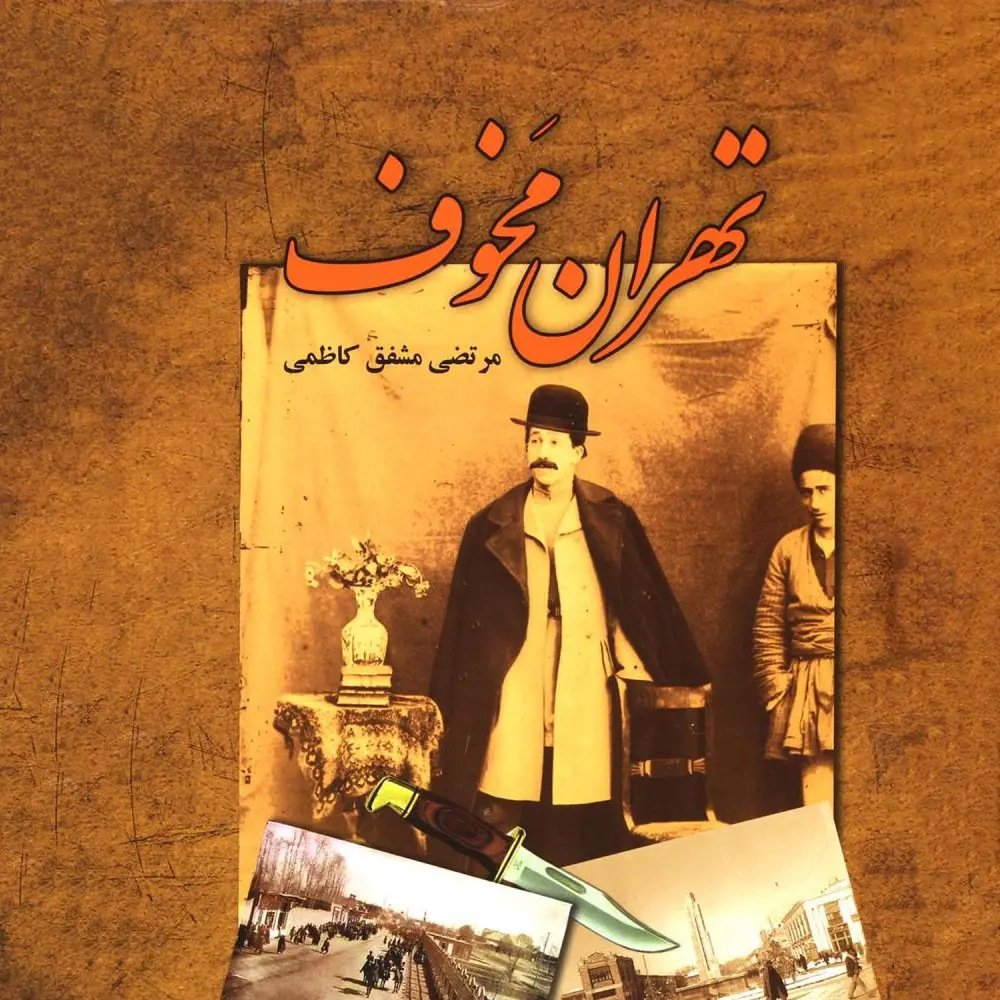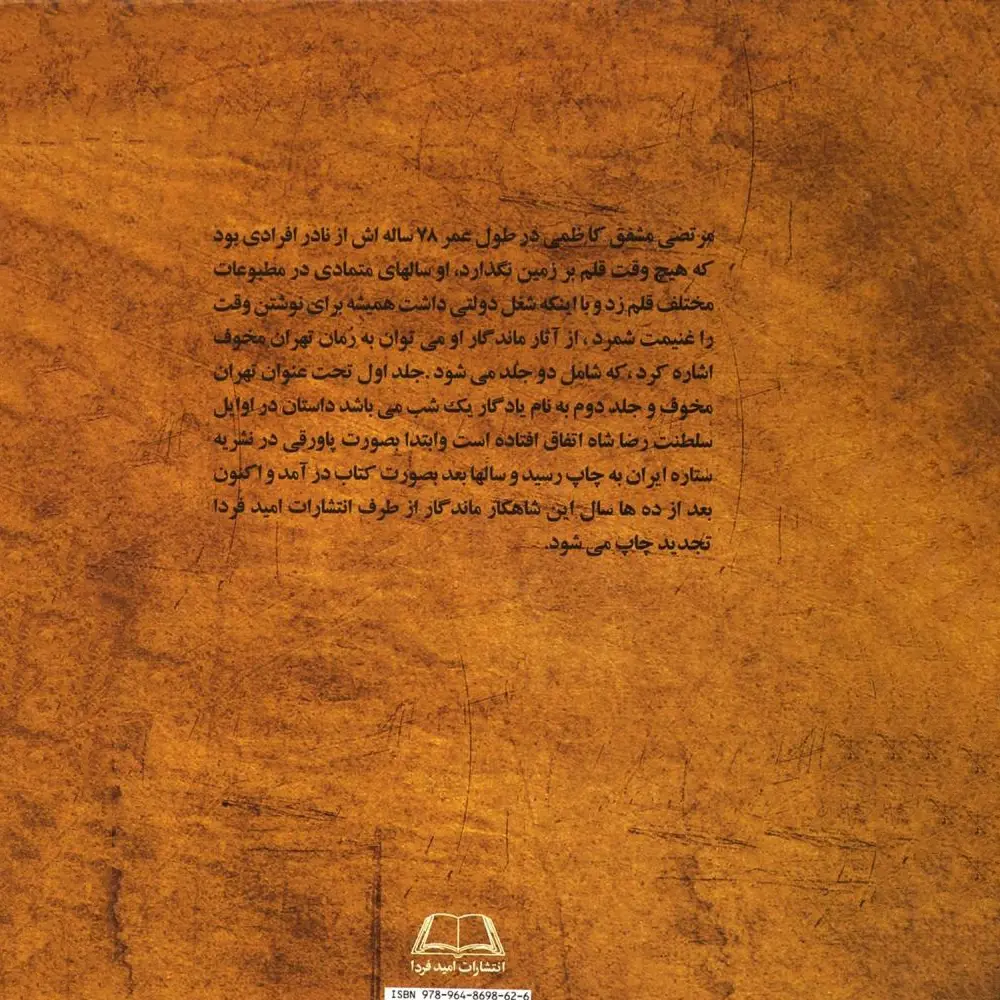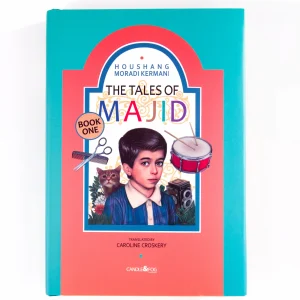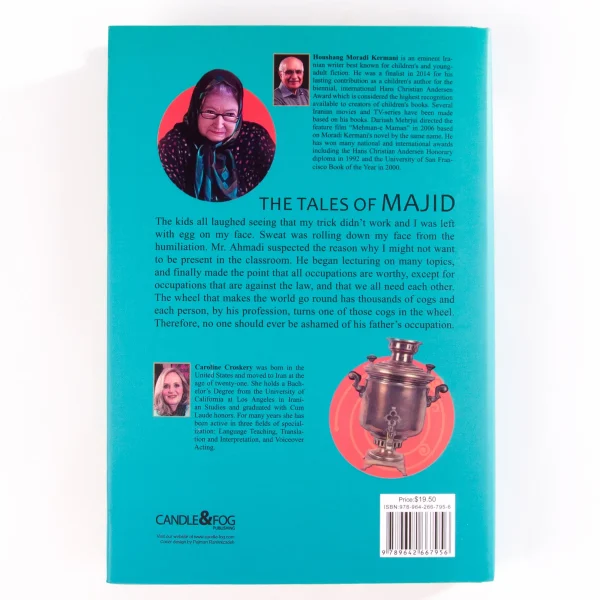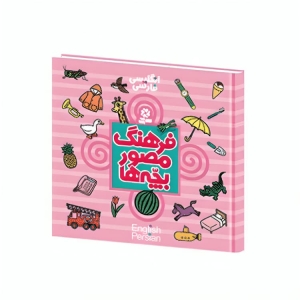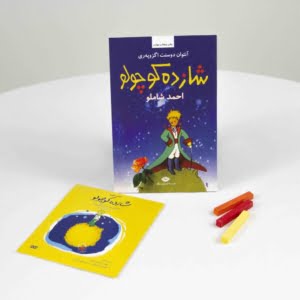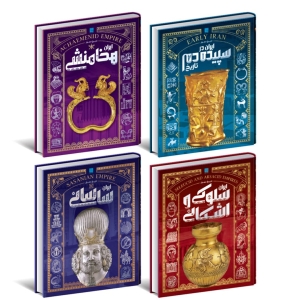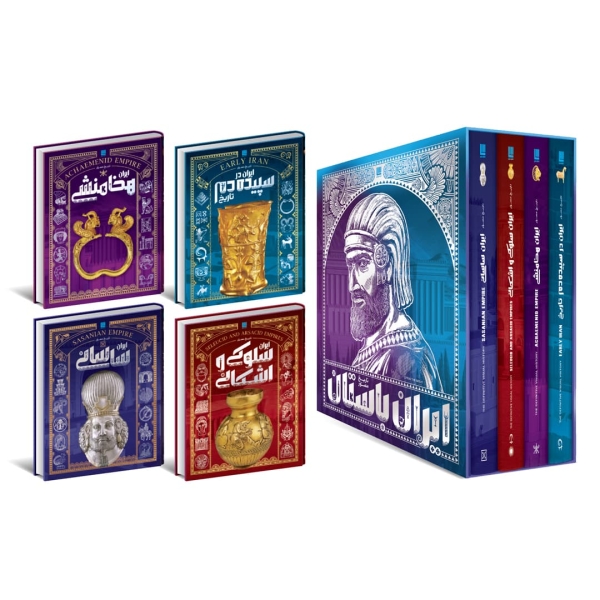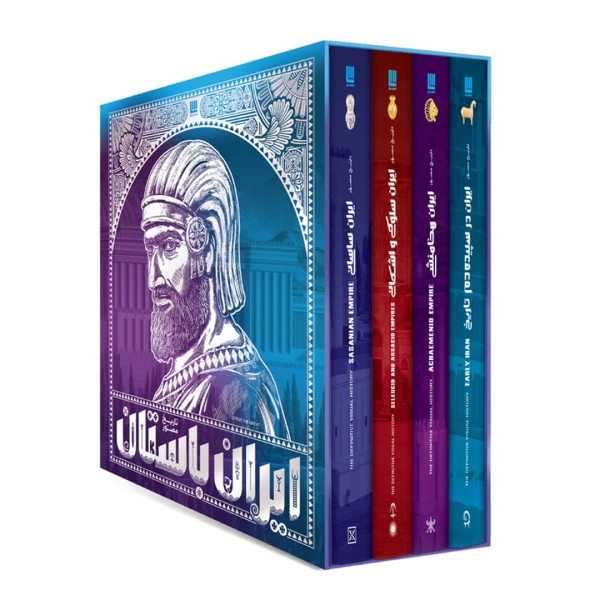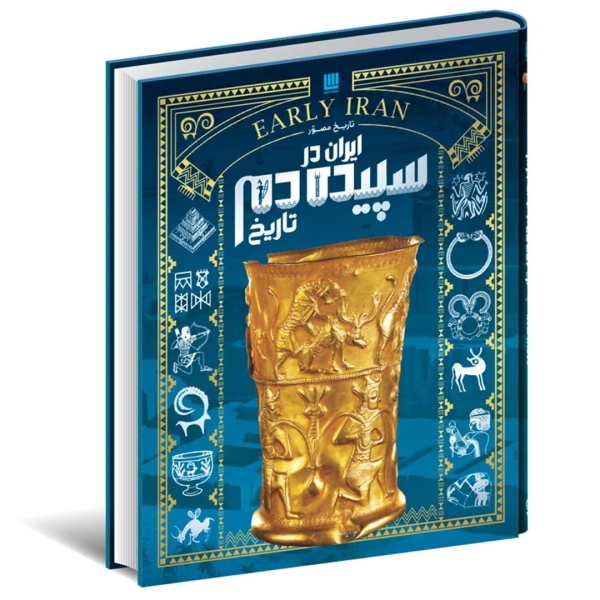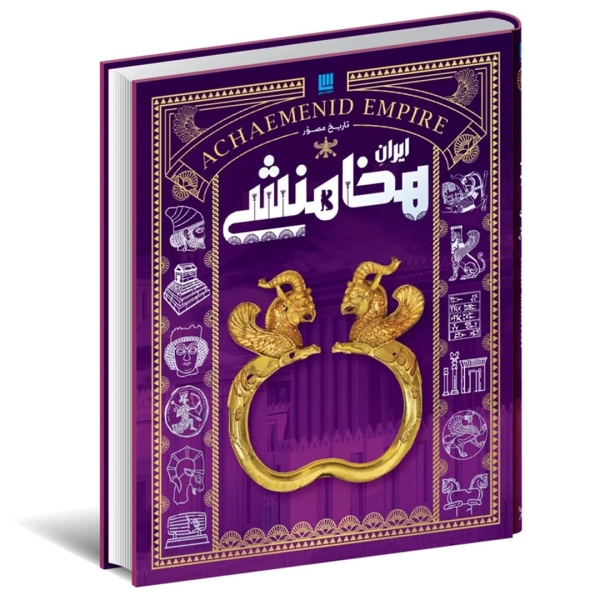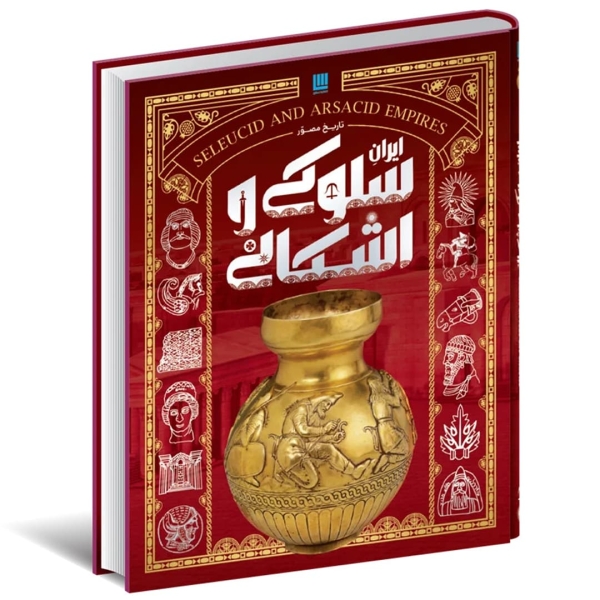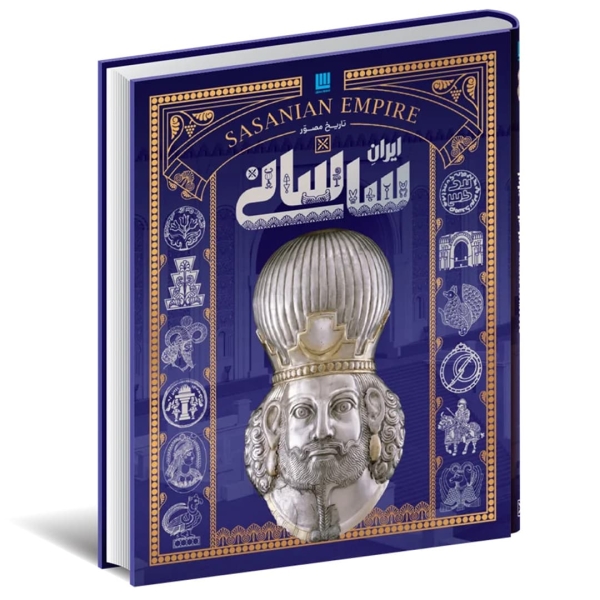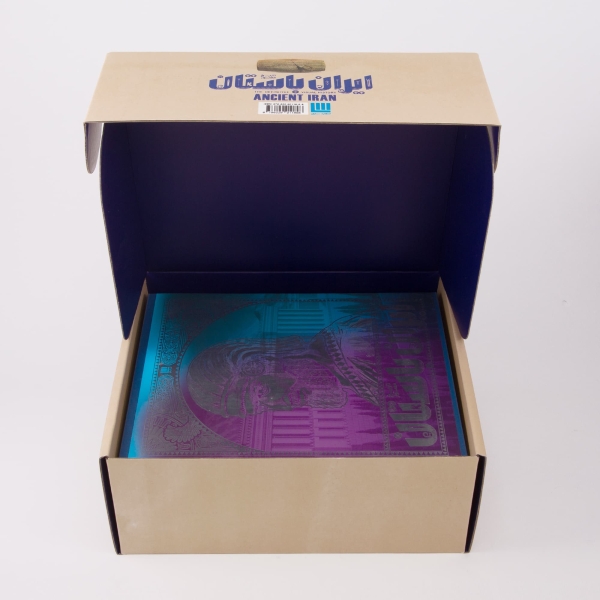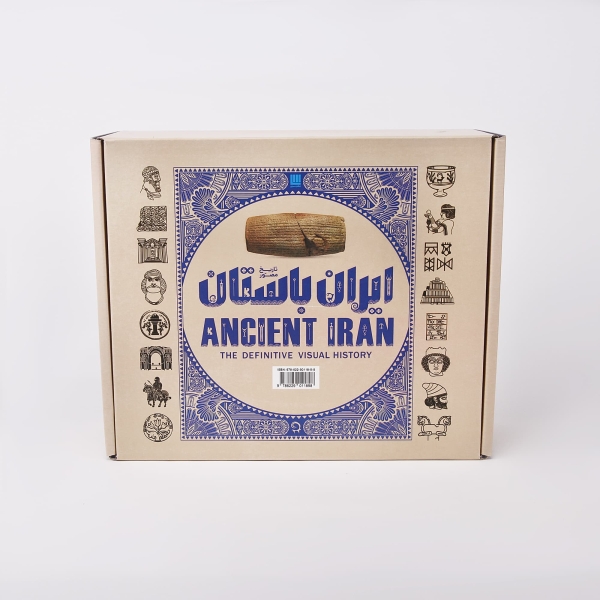Tehran-e Makhuf: The First Persian Social Novel
Tehran-e Makhuf: The First Persian Social Novel by Morteza Moshfeq Kazemi is more than literature—it is a piercing document of Tehran’s layered society at the turn of the 20th century. Through a fusion of drama and realism, Kazemi unveils the hidden currents of corruption, poverty, and injustice lurking beneath the surface of a rapidly transforming city.
As a milestone within the Persian Books category, this novel captures a critical moment in Iran’s literary and cultural awakening. It breaks the silence on issues of power imbalance, moral decay, and the divide between appearances and reality. Kazemi’s fearless voice brought a new wave of realism to Persian fiction, making Tehran-e Makhuf an enduring reference for scholars, readers, and cultural historians alike.
Tehran-e Makhuf: The First Persian Social Novel Details:
Author: Morteza Moshfeq Kazemi
Genre: Persian Social Novel / Historical Fiction
Language: Persian
Cover Type: Hardcover
Page Count: 246 pages
Book Size: Royal Octavo (Vazeri)
First Publication: Early 20th Century (Modern Reprint)
A Literary Pioneer of Social Commentary
Kazemi’s narrative was revolutionary for its time, using the novel as a platform to confront taboo subjects. His depiction of human suffering, female exploitation, and the rot of societal hypocrisy marked a shift toward literature as activism.
A Tale Etched in Tehran’s DNA
This book does not romanticize—it reveals. From back-alley whispers to drawing-room scandals, the story dives into the gritty veins of Tehran’s early modern era. Kazemi’s prose captures the rawness of his environment, making the city itself a complex, breathing character.
Enduring Relevance and Academic Value
Beyond its gripping plot, Tehran-e Makhuf holds historical and educational weight. It remains a foundational text in the study of Iranian social literature, cherished by collectors and academic readers who seek a firsthand view of Iran’s early literary modernism.






